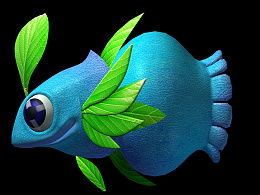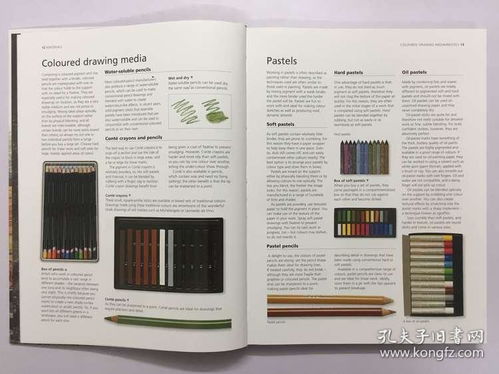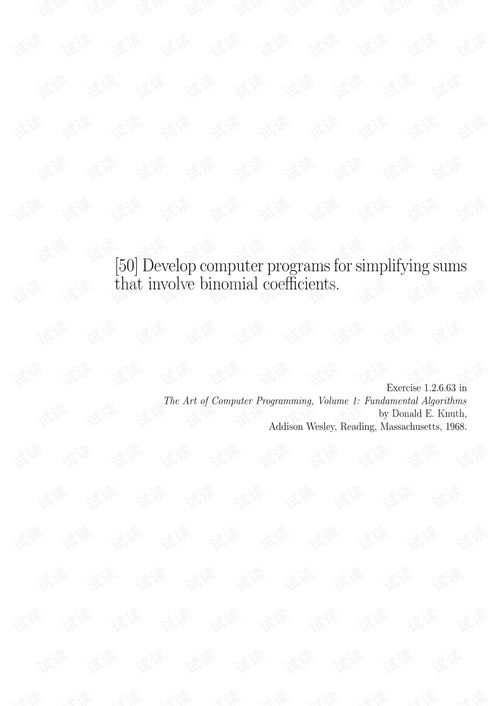Content:
Introduction: Fishing is an ancient pastime that has been enjoyed by people all over the world for centuries. One of the most challenging aspects of fishing is mastering the skill of slipping fish, which involves carefully handling the fish after it has been caught. In this article, we will discuss some expert techniques that can help you become a master at slipping fish when fishing.
The Importance of Slipping Fish Properly: Slipping fish is an essential skill for any angler, as it is crucial for the well-being of the fish. Proper slipping techniques ensure that the fish is handled gently and released back into the water without causing any harm. This not only benefits the fish but also contributes to the sustainability of the fishery.
Choosing the Right Equipment: Before we delve into the techniques, it is important to have the right equipment. Here are some essential items to consider:
a. A sharp hook: A sharp hook is crucial for easy removal and minimizing harm to the fish. b. Fish-friendly landing net: A soft, fine-mesh net is ideal for gently scooping up the fish. c. Fish-friendly gloves: These gloves protect your hands from the fish's scales and provide a better grip. d. A soft cloth or towel: This can be used to cover the fish and provide a comfortable surface for handling.

Mastering the Art of Slipping Fish:
a. Reeling in the Fish: When reeling in the fish, keep the line tight but not too tight. This ensures that the fish does not get tangled or stressed. As you bring the fish closer to the boat or shore, keep an eye on its behavior and be prepared to release it if it becomes stressed.
b. Securing the Hook: Once the fish is close enough, quickly but gently remove the hook using a pair of needle-nose pliers or a hook-removing tool. Be careful not to pull the hook out too quickly, as this can cause harm to the fish's mouth or internal organs.
c. Handling the Fish: When handling the fish, use a fish-friendly landing net to scoop it up. Avoid using your bare hands, as this can cause harm to the fish's scales and make it more difficult to release. If you must use your hands, wear fish-friendly gloves to protect the fish and yourself.
d. Measuring and Photographing: If you need to measure or photograph the fish, do so quickly and gently. Use a soft cloth or towel to cover the fish, providing a comfortable surface for handling. When measuring, be sure to use a ruler or measuring tape that is specifically designed for measuring fish.
e. Releasing the Fish: Once you have finished measuring and photographing the fish, it is time to release it back into the water. Hold the fish in the water with its tail out of the water, allowing it to recover and swim away. Avoid holding the fish out of the water for an extended period, as this can cause stress and harm.
Additional Tips:
a. Practice: Like any skill, slipping fish takes practice. Spend time practicing these techniques in a controlled environment, such as a pond or a lake with minimal fish traffic. b. Patience: Be patient when handling the fish. Rushing can cause unnecessary stress and harm to the fish. c. Respect: Always treat the fish with respect and handle it gently. Remember that the fish is a living creature that deserves to be treated kindly.
Conclusion: Slipping fish is an essential skill for any angler, as it ensures the well-being of the fish and contributes to the sustainability of the fishery. By following these expert techniques and practicing regularly, you can become a master at slipping fish and enjoy a more rewarding and sustainable fishing experience.












